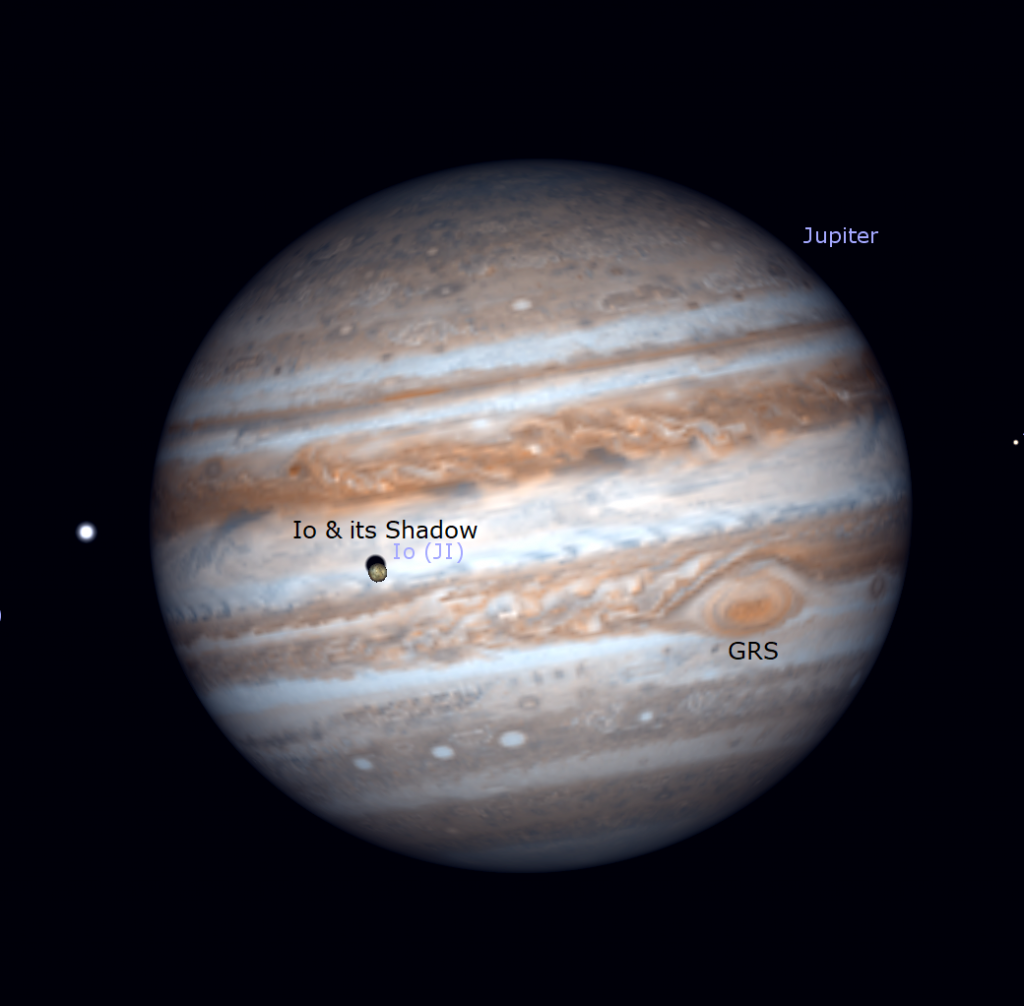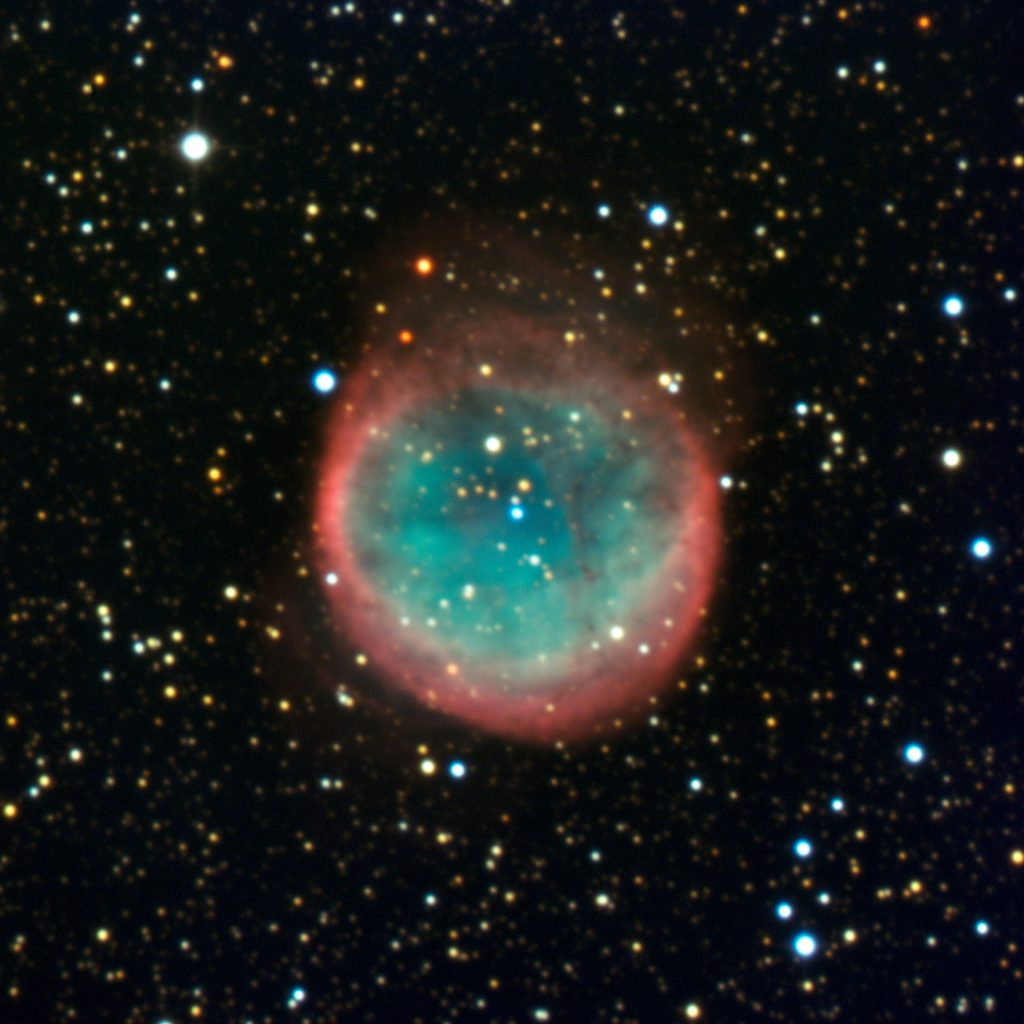A Star Surprises Us, the Full Moon Follows Max Jupiter, and Sights Despite Moonlight!
This simulated image of Jupiter shows how it will appear at opposition on Thursday night, August 19, 2021, when the Great Red Spot and Io and its shadow will be transiting the planet, as shown here at 10:30 pm EDT. (From Stellarium) Hello, August Stargazers! Here are your Astronomy Skylights for the week of August…
Read more









